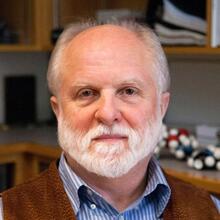As the gateway to human communication, the sense of hearing is of enormous importance in our lives. Hearing commences with the capture of sound energy by hair cells, the ear’s sensory receptors, which convert that energy into electrical signals that the brain can then interpret. However, uniquely among our sensory receptors, hair cell are not passive recipients of stimuli, but instead use an active process to enhance their inputs. This active process amplifies mechanical stimuli by as much as a thousandfold, thus greatly increasing our sensitivity to weak sounds. Amplification is accompanied by frequency tuning, which restricts each hair cell’s response to a narrow frequency band. The active process produces a compressive nonlinearity that renders the ear sensitive to sounds over a millionfold range of amplitude or an astonishing trillionfold range in power. Finally, the active process can be so exuberant as to become unstable; as a result, in a very quiet environment most normal ears spontaneously emit sound! All of these features emerge from a mechanical instability within hair cells that natural selection has harnessed to produce our amazing sense of hearing.
Hosts: Joe Howard, Eugene Higgins Professor of Molecular Biophysics & Biochemistry (jonathon.howard@yale.edu) and Paul Turner, Rachel Carson Professor of Ecology and Evolutionary Biology (paul.turner@yale.edu)
Silliman Lecture: Jim Hudspeth, Rockefeller University, “The physics and physiology of hearing: How the ear’s works work”
Event time:
Monday, March 27, 2023 - 4:00pm to 5:00pm
Location:
Sloane Physics Laboratory (SPL), Room 59
217 Prospect Street
New Haven, CT
06511
Event description:
Contact:
(see "Description" above)
